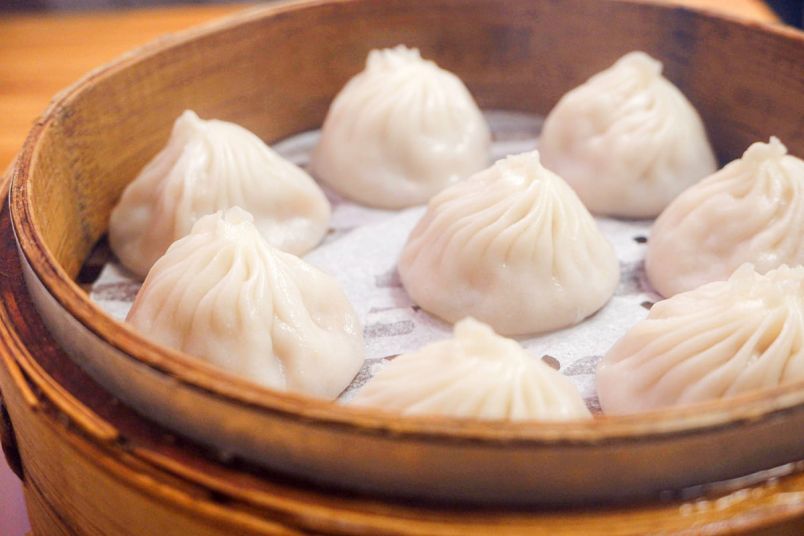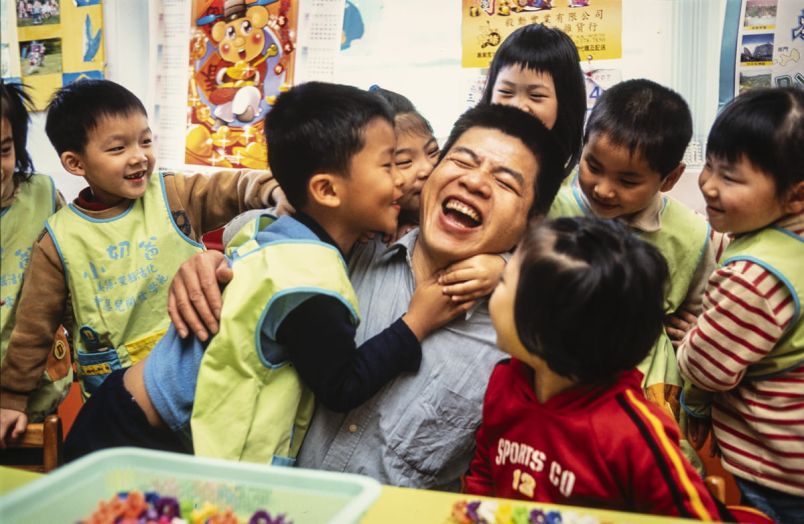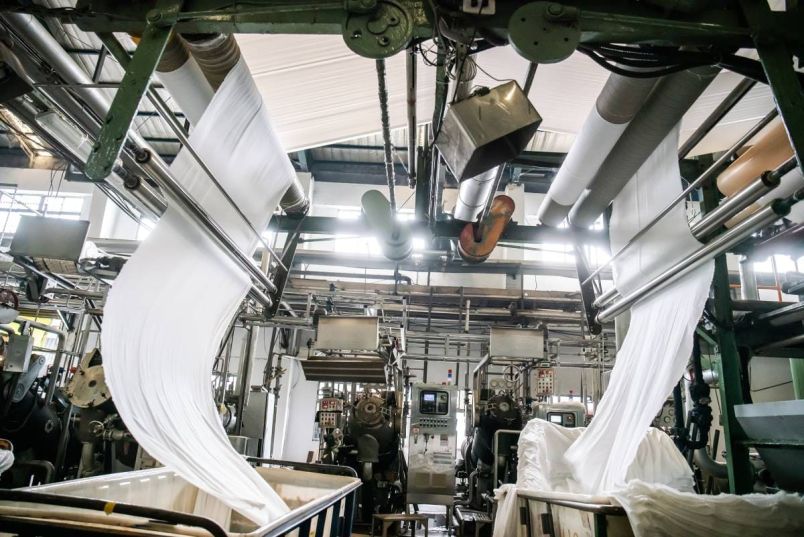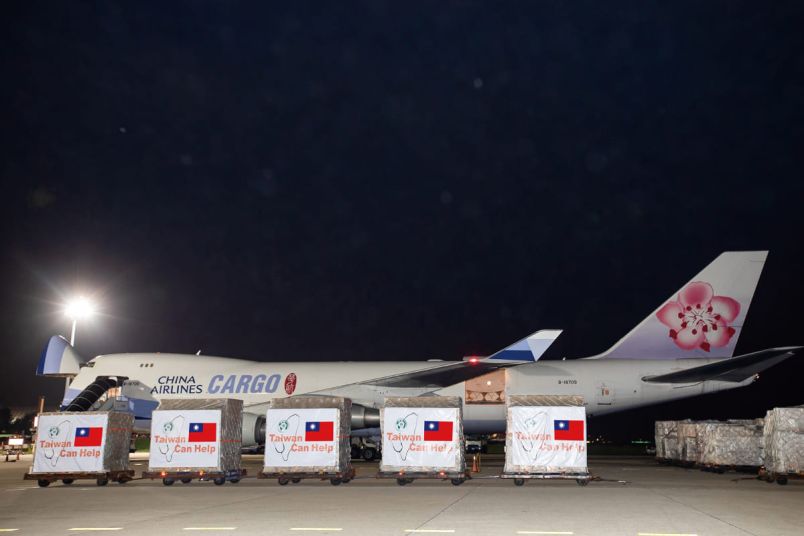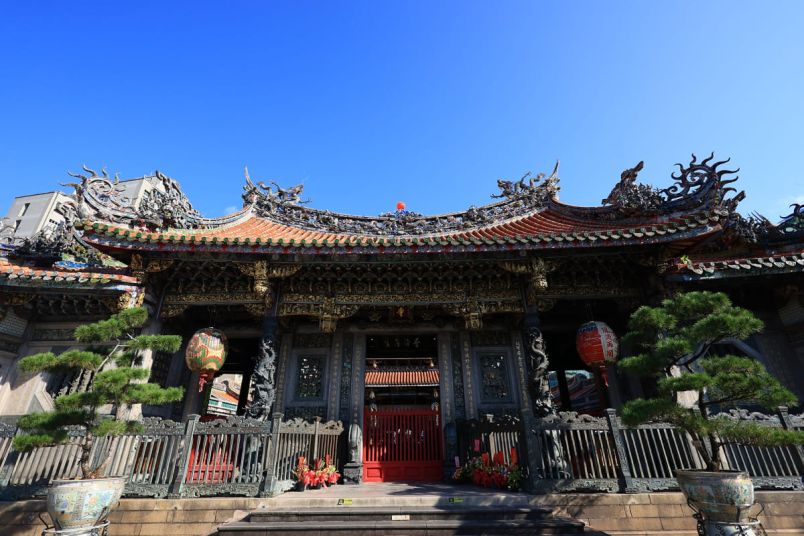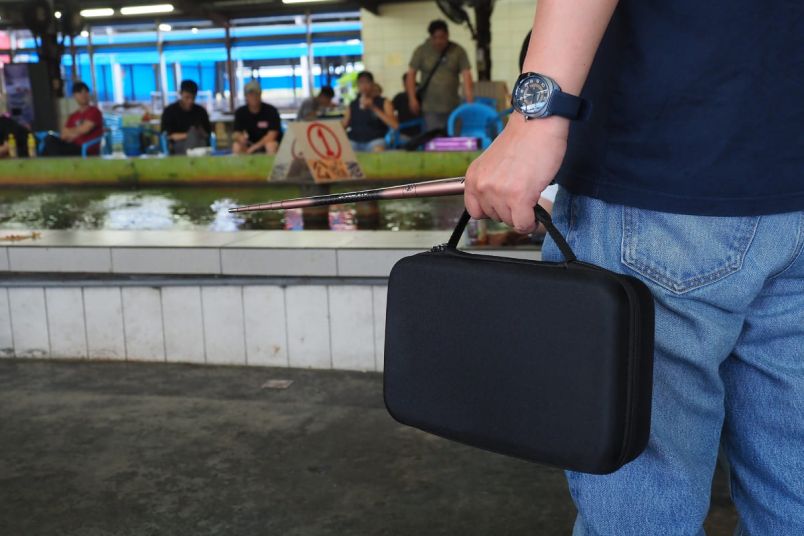When you think of Taiwan cuisine, what’s the first thing that comes to mind? Pearl milk (boba) tea? Guabao (pork belly buns, a.k.a. “Taiwanese hamburgers”)? Xiaolongbao (steamed soup dumplings)? Beef noodle soup? Pineapple cakes? To be sure, these are all representative foods, but Taiwan cuisine is much broader than this list.









